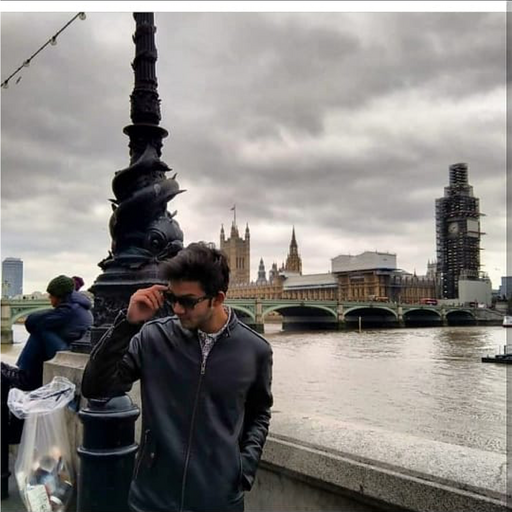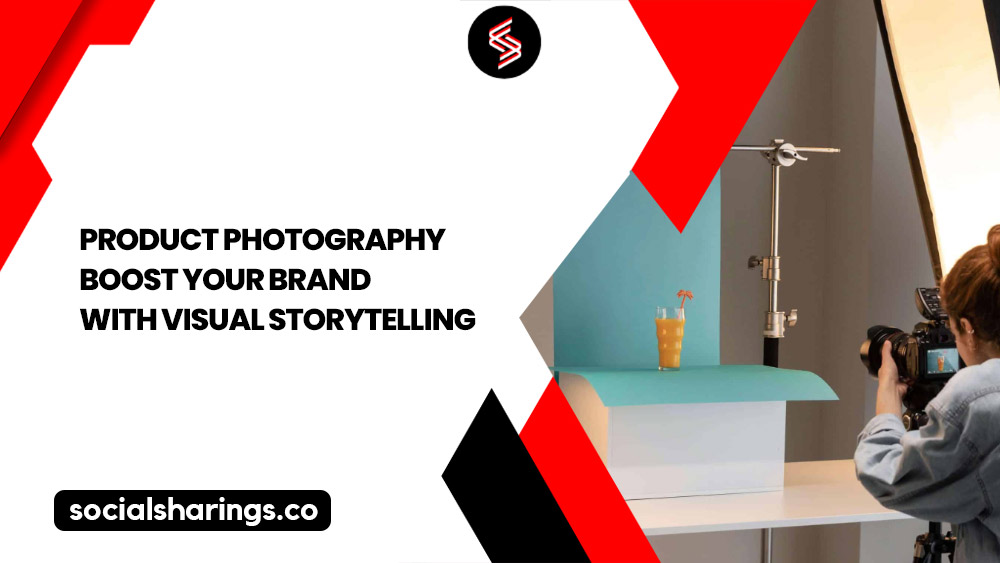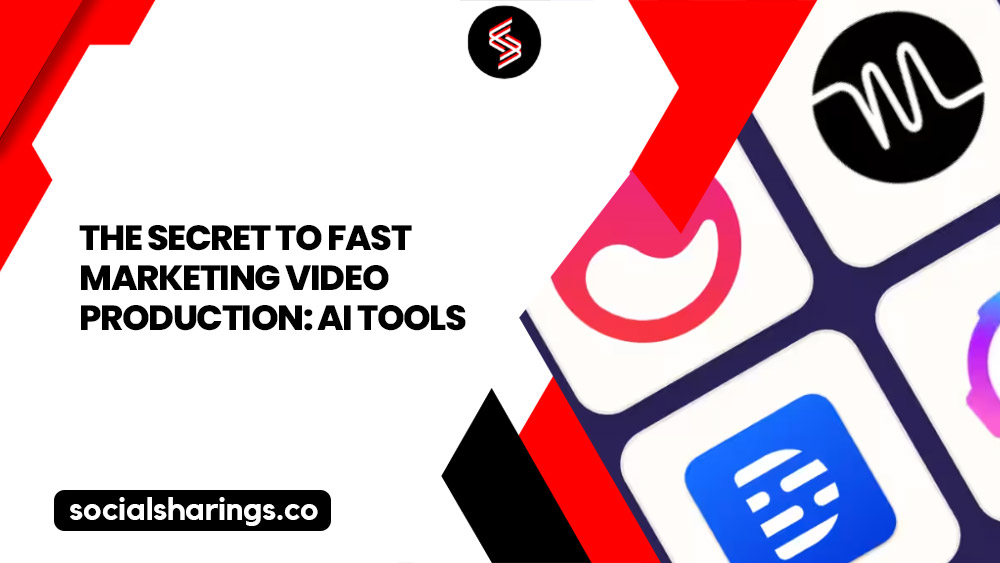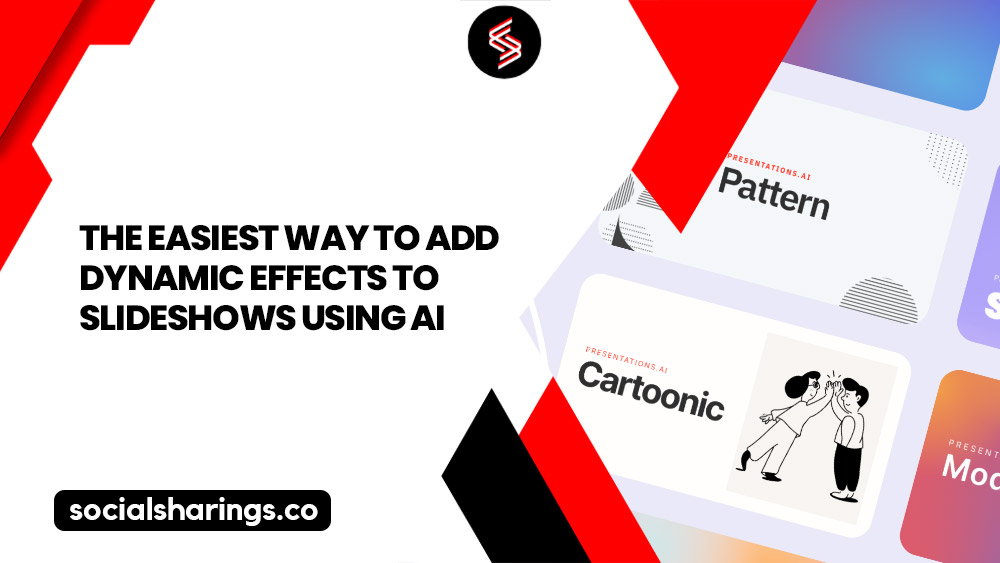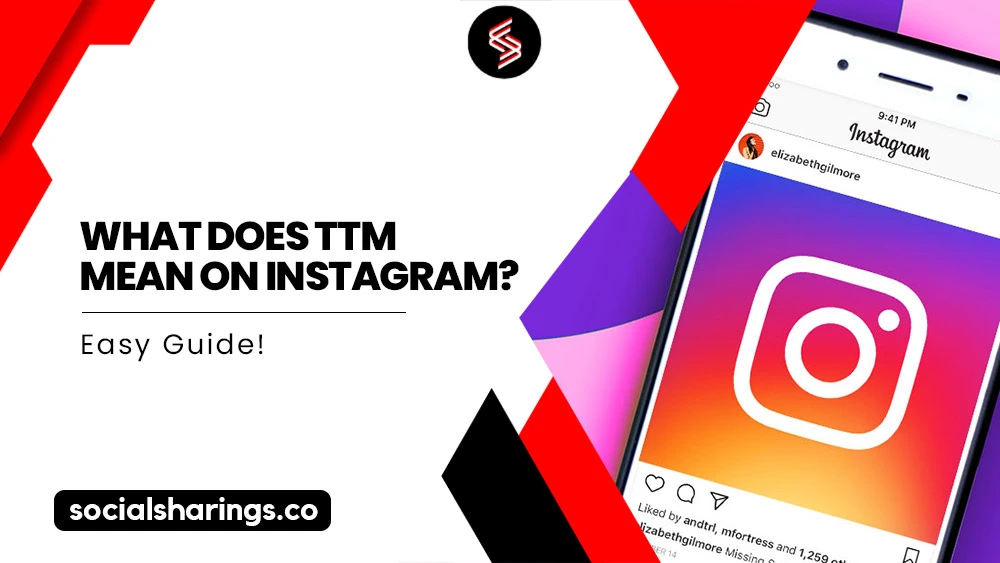Introduction
In the digital marketplace, visuals are everything. Your product photos? They’re the game-changer that could make or break your sales. Whether you’re showcasing handcrafted jewelry on Etsy or managing a booming online store, high-quality product photography can shift the needle from “maybe later” to “take my money!”
So, how do you take product photos that not only capture your products but also elevate your brand? Let’s break down the essentials of product photography and how it can help your business shine in the crowded online marketplace.
What is Product Photography and Why Should You Care?
Product photography isn’t just about snapping pics—it’s about capturing your product’s essence and making it irresistible to potential buyers. It’s how you communicate value, style, and quality without saying a word.
Why Should You Pay Attention?
- Visual Appeal: A whopping 93% of consumers say that visuals are key when deciding whether to buy. Yep, it’s that crucial (MDG Advertising).
- Boost Conversion Rates: Professional, sharp images can increase your online sales by 30% or more (Shopify). That’s not small change!
Different Types of Product Photography
There’s more than one way to photograph a product. Each style serves a unique purpose, and knowing which one to use can help you tell your brand’s story more effectively:
- Lifestyle Photography: This shows your product in action, helping buyers picture themselves using it.
- Studio Photography: These are simple, clean shots against a plain backdrop—usually white—designed to focus purely on the product.
- Flat Lay Photography: The Instagram classic. Products are artfully arranged and photographed from above.
- Macro Photography: Perfect for capturing intricate details, like close-ups of jewelry or finely textured products.
How Product Photos Build Your Brand?
Great photos don’t just make your products look good—they build your brand. Every element in the picture—lighting, background, props—helps shape your brand’s image. Whether your vibe is sleek and minimalist or warm and vibrant, consistency is key.
Take Apple, for example. Their product photos are minimalist, just like their brand. Clean white backgrounds, no distractions, just a crisp focus on the product. That’s the kind of branding consistency you want.
Building Trust with Stellar Photos
You know that saying, “a picture is worth a thousand words”? Well, in eCommerce, a clear, professional product photo is worth a thousand sales. Blurry or poorly lit images send up a red flag for customers. But sharp, well-lit photos? That’s a trust-builder. In fact, 78% of online shoppers say that clear, detailed images are a big factor in their buying decisions (BigCommerce).
Tools You Need for Awesome Product Photography
Now, let’s get into the gear. Whether you’re using your smartphone or a fancy camera, the right equipment makes all the difference.
Camera Options
- Smartphones: The cameras on today’s smartphones are packed with features like portrait mode and manual settings, making them a solid option if you’re just getting started.
- DSLRs and Mirrorless Cameras: These are for the pros or those who want more control. You can adjust everything—lighting, exposure, lenses. It’s like the difference between driving a car and flying a spaceship.
Pro Tip: Invest in a 50mm lens for all-around versatility. For products with lots of detail, a macro lens is a must.
Lighting: Your Best Friend (or Worst Enemy)
Lighting can make or break your photos. Natural light is great for lifestyle shots, but if you want consistency and control, you might want to add some studio lighting to your setup.
Lighting Options
- Natural Light: Perfect for lifestyle photography. If you’ve got a good sunny window, you’re in business.
- Artificial Light: For studio shots, use softboxes or ring lights. These give you consistent, flattering lighting without harsh shadows.
Budget-Friendly Studio Setup
You don’t need a professional studio to take professional-looking photos. Here’s how you can create a DIY setup on a shoestring budget:
- Plain Background: Use a white poster board or any clean surface as your backdrop.
- Natural Light: Just set up your station near a window, and you’re good to go.
- Tripod: Keep your shots steady and consistent with a basic tripod. Trust me, shaky hands are the enemy of good photos.
Best Practices for Knockout Photos
A good photo starts with good composition. Use the rule of thirds to place your product in a way that’s easy on the eyes. And don’t be afraid to play around with product photography angles. Sometimes, an unexpected perspective is all it takes to make your product pop.
Pro Tip: Use leading lines to guide the viewer’s eye directly to your product. Think of it like setting up a mini runway for your star item.
Mastering Lighting for Stellar Shots
Different lighting styles can create different moods. Want that soft, professional look? Diffuse your lighting with a softbox or use a nearby window. For glassware or shiny objects, backlighting can highlight the texture and make the product look even more dynamic.
Editing: Where the Magic Happens
Your job isn’t done when the photoshoot wraps. Editing is the secret sauce that makes your photos look their best. Use tools like Adobe Lightroom or Photoshop for color correction, brightness tweaks, and sharpening. If you’re not a Photoshop wizard, no worries—use preset filters to keep things simple.
Pro Tip: Don’t go overboard. You want the product to look real, not like it’s been hit with a dozen Instagram filters.
Optimize Those Photos for SEO
Product photos should not only look good—they need to perform well online. Here’s how to make sure your images boost your site’s SEO:
- Descriptive File Names: Use keywords that relate to the product (e.g., “custom-leather-bag.jpg”).
- Alt Text: Include keywords in your alt text for better search engine visibility. Example: “Brown handmade leather bag.”
- Image Compression: Big, uncompressed images can slow down your site. Compress your photos to improve load times without sacrificing quality.
Maximize Your Social Media Reach
Instagram and Pinterest are gold mines for product photography. Each platform has its own style—Instagram loves bright, clean shots, while Pinterest is all about detailed, shareable images.
Pro Tip: Create a branded hashtag for your products and encourage your customers to use it. It’s an easy way to generate buzz and user content without lifting a finger.
Tracking the Impact of Your Photos
How do you know if your photos are doing their job? Keep an eye on these key metrics:
- Click-Through Rates (CTR): This measures how many people click on your photos to learn more.
- Conversion Rates: Are your photos turning views into purchases?
Use Google Analytics or social media insights to track performance and adjust your strategy as needed.
Conclusion
Product photography isn’t just about showcasing what you sell—it’s about creating a visual story that resonates with your audience. With the right tools, smart lighting techniques, and a little SEO magic, you can transform your brand’s visuals and watch your sales take off. So, grab that camera, let your creativity flow, and watch how powerful product photos can change your business for the better!
